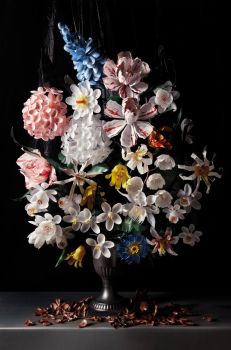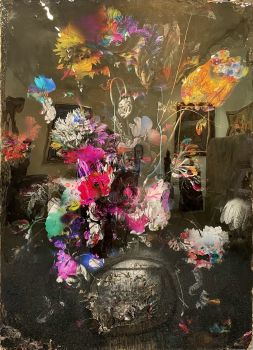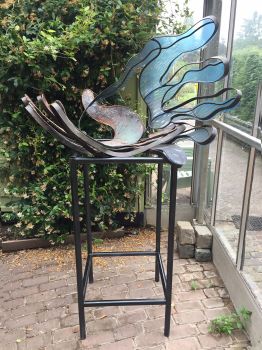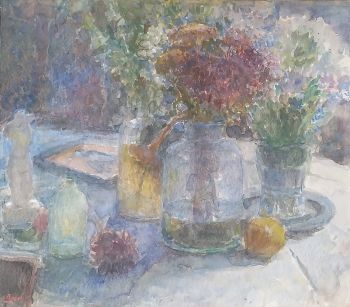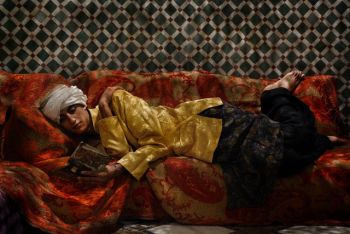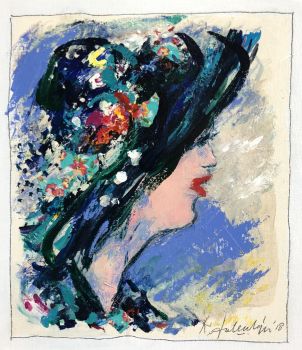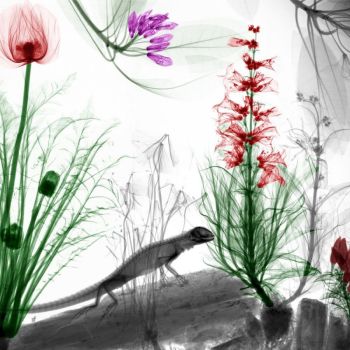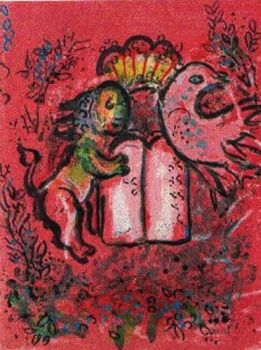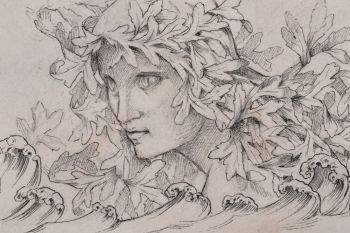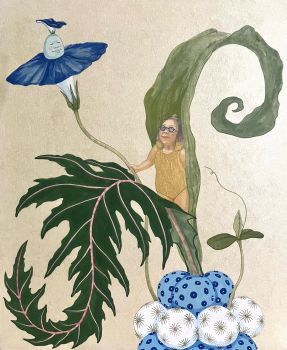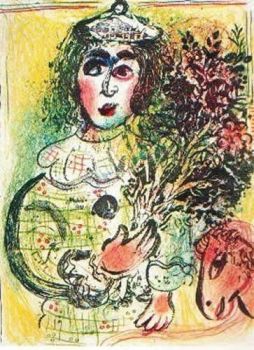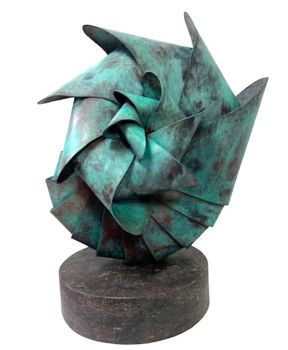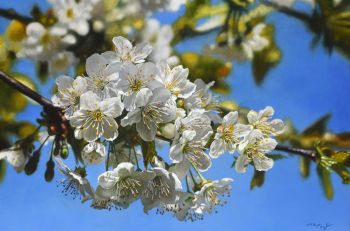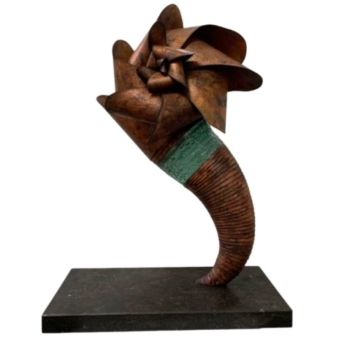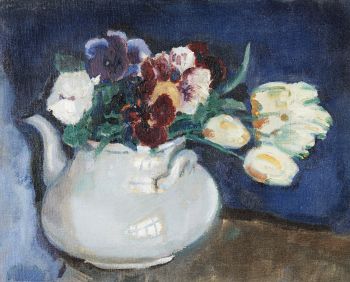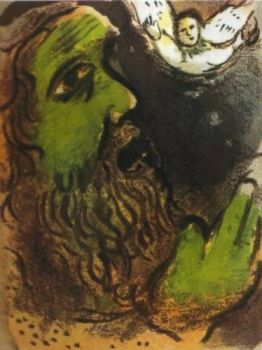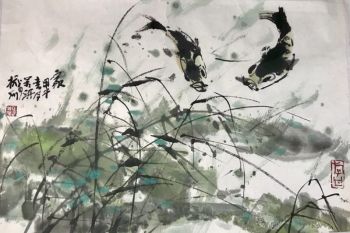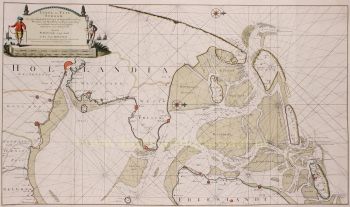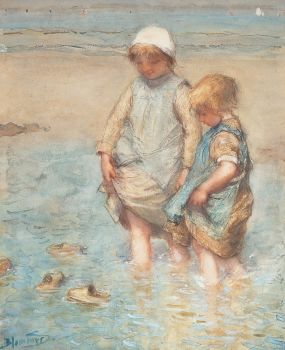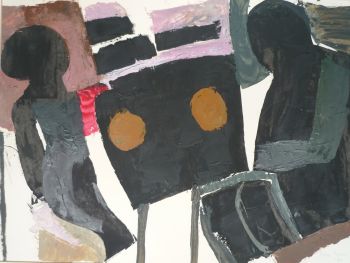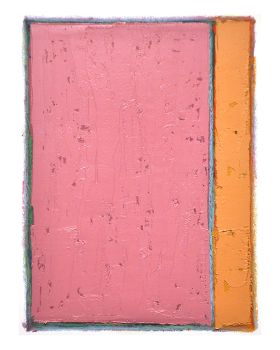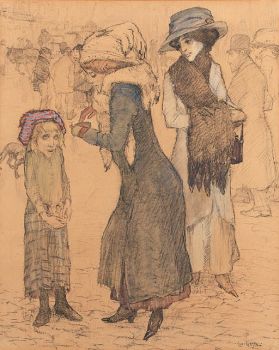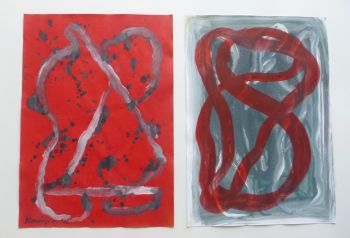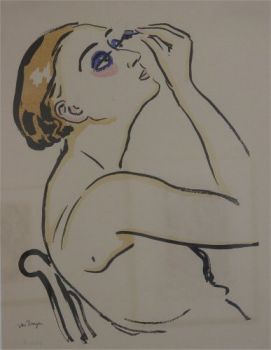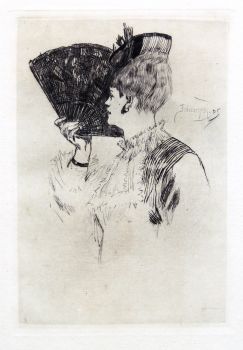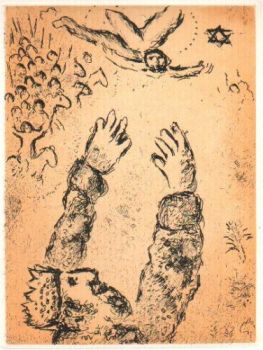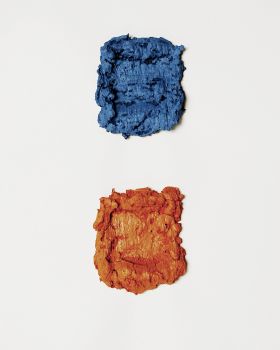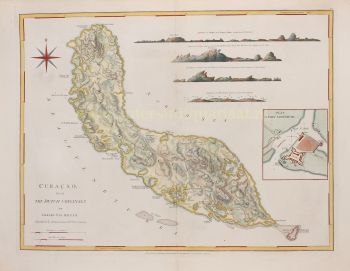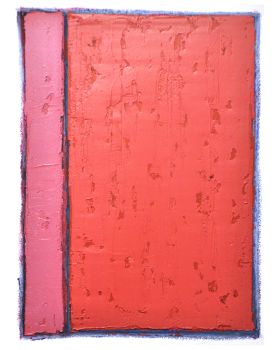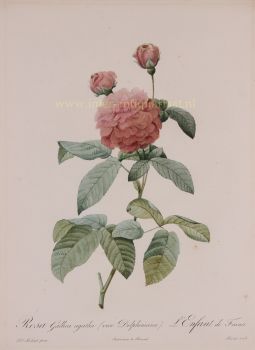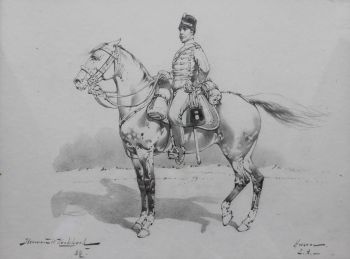Catalogue of plants of the Arabian Peninsula, with scientific names in Latin, Arabic and Persian 1919
Ethelbert Blatter
Papier
Actuellement indisponible via Gallerease
- Sur l'oeuvre d'artFlora Arabica. No. 1-5.
Calcutta (no. 5: Delhi), Superintendent government printing, 1919-1933. 5 parts (of 6). With folding map of the Arabian Peninsula (in no. 2). Later cloth, original wrappers of separate parts bound in.
First five parts of a description of the plants of the Arabian Peninsula; here with the preliminaries and original wrappers of each part, written by Ethelbert Blatter (1877-1934). The scientific plant names are given in Latin, Arabic, Persian as well as in regional dialects. The aim was to give a history of the botanical exploration of Arabia and a general sketch of the vegetation. A sixth part appeared posthumously.
Extract from the Records of the Botanical Survey of India (BSI), vol. VIII; the organisation established in 1890 for the purpose of identifying plant species India, and of establishing their economic value. Flora Arabica was a key work of reference on Arabian vegetation well into the 20th century.
With owner's inscription on flyleaves. A few marginal tears (some repaired), a couple leaves loosely inserted and some small stains on the first title-page. A good copy.
Stafleu & Cowan 556. - Sur l'artisteEthelbert Blatter (15 décembre 1877 - 26 mai 1934) était un prêtre jésuite suisse et un botaniste pionnier en Inde britannique. Blatter est né dans le canton d'Appenzell Rhodes-Intérieures en Suisse. Blatter est allé au lycée à Schwyz et ensuite il a déménagé dans la ville frontalière de Feldkirch en Autriche, rejoignant les jésuites. Blatter est allé aux Pays-Bas en 1898, étudiant les classiques et la philosophie. Il a également développé un intérêt pour la botanique et a participé à des conférences scienti fi ques en Europe. Blatter s’installa en Inde en 1903, où il fut nommé professeur de botanique au St. Xavier’s College de Bombay. Il a beaucoup voyagé à travers l'Inde et a écrit une importante série d'articles entre 1904 et 1909, intitulée The Palms of British India and Ceylon, Indigenous and Introduced. En 1909, Blatter revint en Europe, complétant ses études théologiques à Hastings, dans le sud de l'Angleterre. Ordonné prêtre en 1912, Blatter vécut un an aux Pays-Bas, avant de retourner à Londres. Lorsque la Grande Guerre (1914-1919) éclata, Blatter quitta Londres pour l'Inde et arriva à Bombay en octobre 1915. En tant que professeur de botanique à St Xavier, Blatter construisit une vaste collection botanique. En 1925, Blatter prit sa retraite et commença à se concentrer davantage sur ses études botaniques. Il a écrit entre autres Some Beautiful Indian Trees (1925), Beautiful Flowers of Kashmir (1927, 1928) et The Ferns of Bombay (1932). Après une mauvaise chute d'un cheval en 1930, sa santé a commencé à se détériorer. En 1932, Blatter reçut la première médaille commémorative Johannes Bruehl de la Société asiatique du Bengale pour «contributions remarquables à la connaissance de la botanique asiatique». Blatter est décédé le 26 mai 1934 au lycée Saint-Vincent de Pune
Artwork details
Catégorie
Sujet
Matériel & technique
Related artworks
LAWRENCE WEINER
"SKIMMING THE WATER [MENAGE A QUATRE]" Signed book plus small artwork2010 - 2014
Prix sur demandeGallerease Selected
Engelbert Kaempfer
LIVRE ENGELBERT KAEMPFER1651 - 1716
Prix sur demandeZebregs & Röell - Fine Art - Antiques
Yoko Ono
YOKO ONO: "ARISING" SIGNED BOOK PLUS SMALL ARTWORK 2010 - 2014
Prix sur demandeGallerease Selected
Hermann Nitsch
"UNDER MY SKIN" Signed book incl. small artwork and DVD in a matching box2010 - 2014
Prix sur demandeGallerease Selected
Tilmanus Nicolaus Maastricht
Missale Romanum avec montures en argent hollandais1788 - 1792
Prix sur demandeJacob J. Roosjen SRI
Antonie Derkinderen
Memory book Exhibition of Dutch Painting1892
Prix sur demandeKunsthandel Pygmalion
1 - 4 / 22- 1 - 4 / 24
Bernardus Johannes Blommers
SPELENDE VISSERSKINDEREN1845 - 1914
Prix sur demandeGalerie Het Noorderlicht
1 - 4 / 24

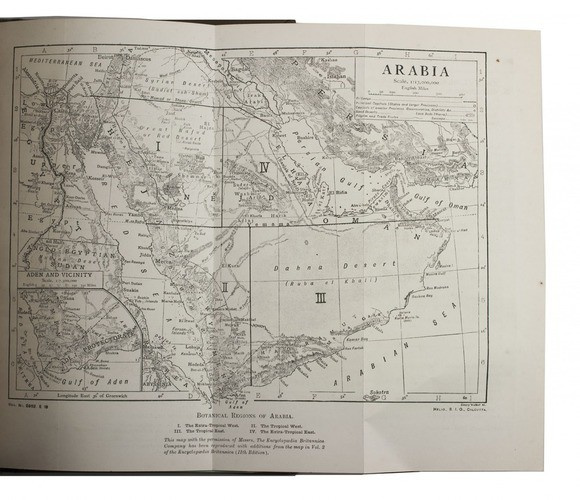







!["SKIMMING THE WATER [MENAGE A QUATRE]" Signed book plus small artwork by LAWRENCE WEINER](https://media-2.gallerease.com/images/442bfd5f-fc31-4e18-a2fa-ee0c08eade64/350x350/skimming-the-water-menage-a-quatre-signed-book-plus-small-artwork.jpg)

















